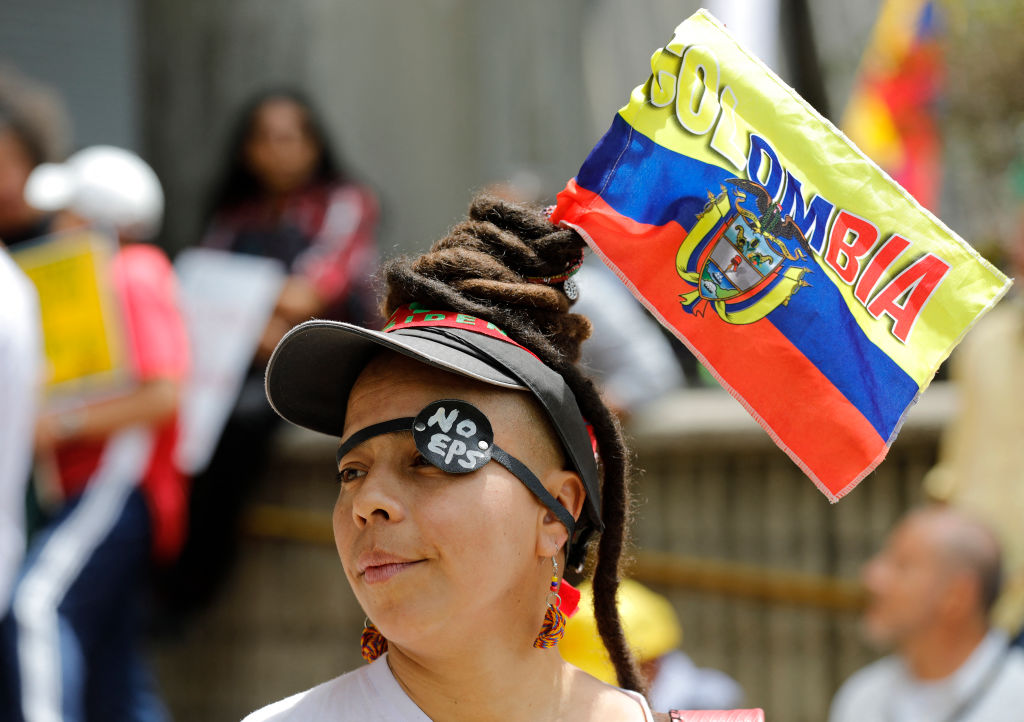Economic Revival in Peru
Economic Revival in Peru
Several economies in Latin America have thus far shown signs of being able to weather the U.S. credit crunch. Peru serves as a prime example, posting impressive growth results.
Over the past couple of weeks, the already strained American economy has been plagued by bad financial news. After heavyweight investment bank Bear Stearns needed a rescue from bankruptcy, giant mortgage lenders Fannie Mae and Freddie Mac also required a bailout from a federal government struggling to handle an economy not officially in “recession,” but “sluggish,” to say the least.
In contrast, several emerging economies in Latin America have thus far shown signs of remaining insulated from the U.S. credit crunch and a weak dollar market. Peru serves as a prime example, posting impressive growth results. As reported by the Instituto Nacional de Estadística e Informática, GDP growth in May 2008 rose (PDF) to 7.3 percent, resulting in 83 consecutive months of growth. In the last 12 months, the growth rate hit 9.37 percent, boosted by strong performance in the construction, mining, and agriculture sectors. In another indication of growing confidence in the country’s economy, when comparing May 2008 statistics with May 2007, the number of Peruvians returning (PDF) from abroad increased by 4.3 percent while the portion emigrating decreased by half a percentage point.
Following in the footsteps of Fitch ratings, Standard & Poor’s raised Peru’s credit rating to investment grade on July 14, making the country even more attractive for investors. Meanwhile, Luis Valdivieso, a former International Monetary Fund official, was sworn in as Peru’s new finance minister to replace Luis Carranza, who resigned (Carranza will remain close to the government as a presidential adviser). Valdivieso has emphasized goals that include more equal wealth distribution and taming growing inflation. Investment bankers, who perceive him as likely to uphold his predecessor’s tight fiscal policies, approve of the new minister.
To complement Peru’s gain in financial momentum, other reports signal that more growth is on the way. Peruvian exports to the European Union (EU) grew 21 percent in the first five months of 2008, totaling more than two billion dollars worth of trade. The news comes as Peru continues to be part of free trade agreement (FTA) negotiations with the EU as a member of the Andean Community—composed of Bolivia, Colombia, Ecuador, and Peru. Yet talks have stalled since the EU recently approved a controversial new immigration directive.
But Peru faces other challenges beyond the blocked FTA with the EU. In the country’s southern regions, recent protests led by disgruntled miners highlight the wealth disparity between the rural and urban populations. The Financial Times reports that 39 percent of the total population lives below the poverty line, with residents of rural areas accounting for a disproportionate amount of the Peruvians living in poverty. Protesting miners demand better wage controls on rising prices, and a more equal distribution of mining company revenue.
In an op-ed for Poder magazine, COA’s Eric Farnsworth examines how Peru has seized the moment to improve its global standing. Speaking at COA’s annual Washington Conference in 2008, Carranza stressed poverty reduction as a key to Peru’s sustained growth. Read an AS/COA’s hemispheric update on Peru’s economic growth.
AS/COA hosts its annual Latin American Cities Conference in Lima on September 4.







